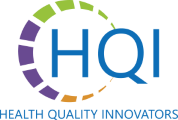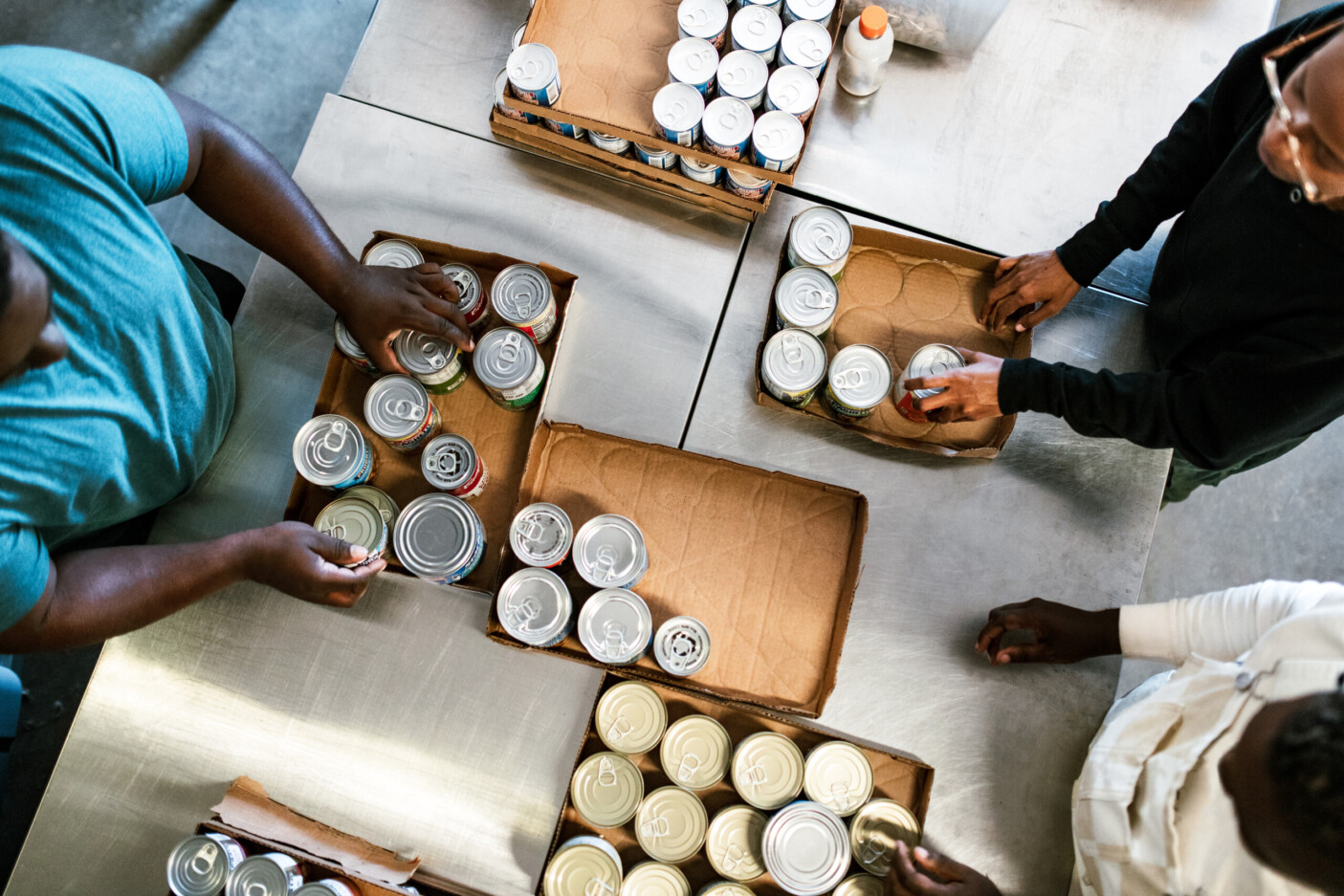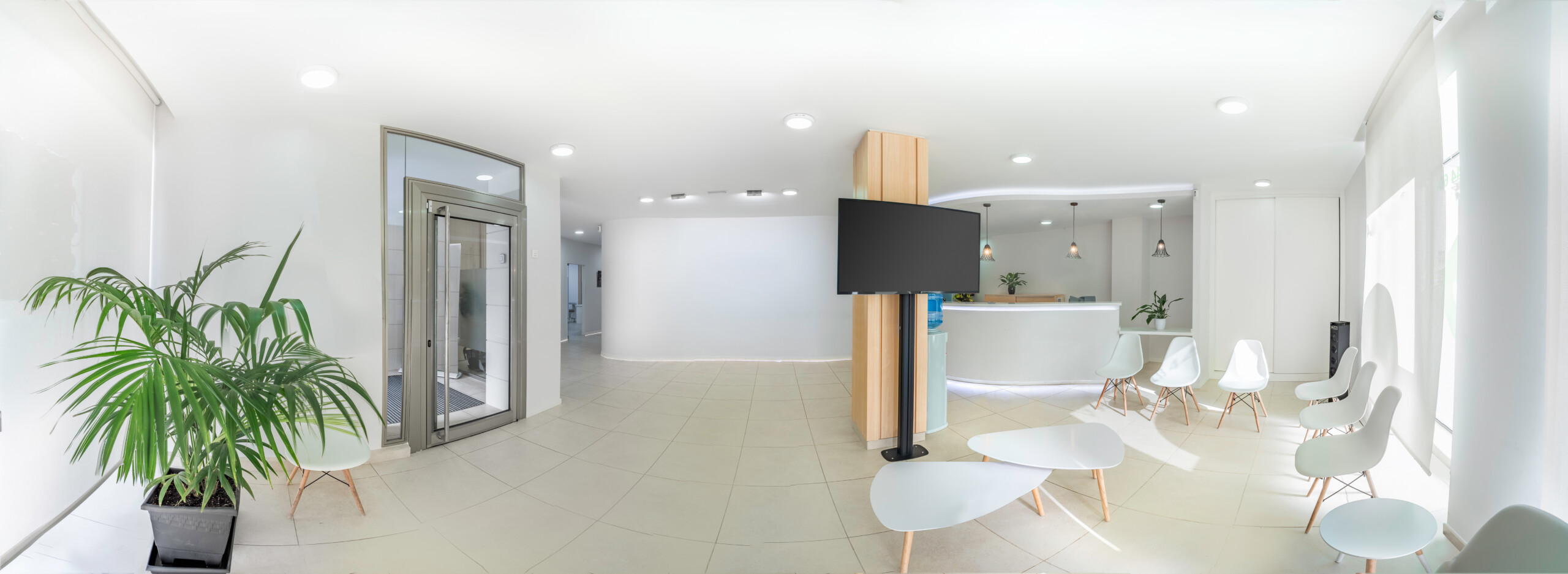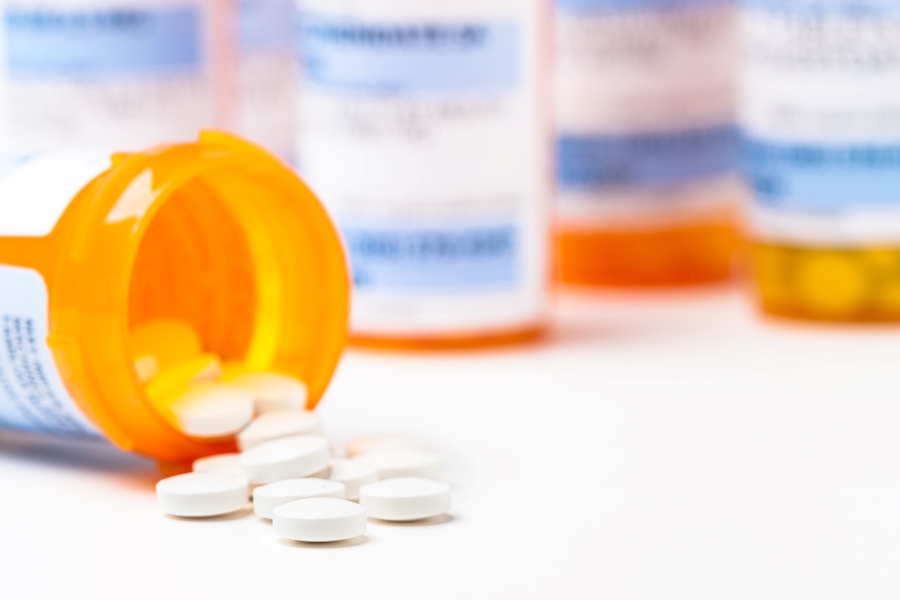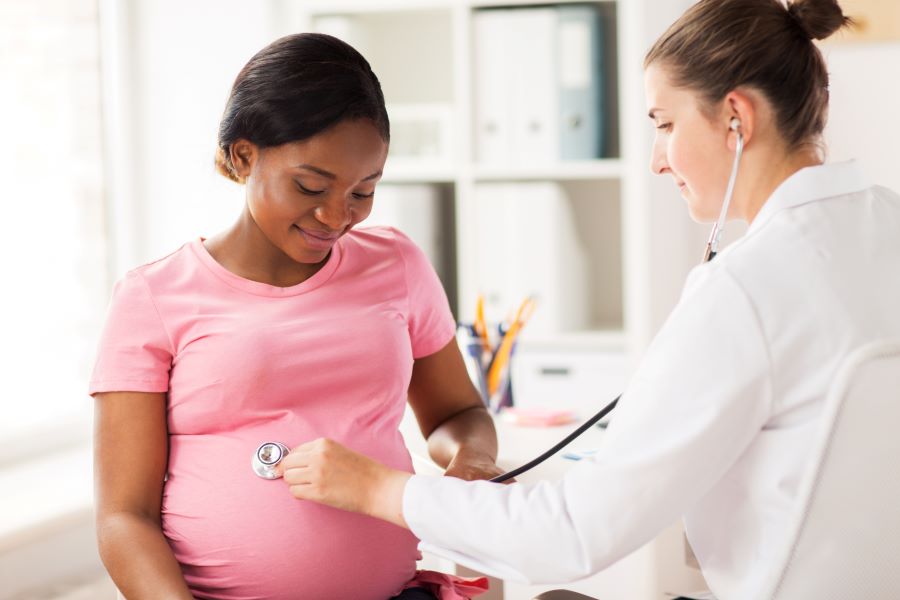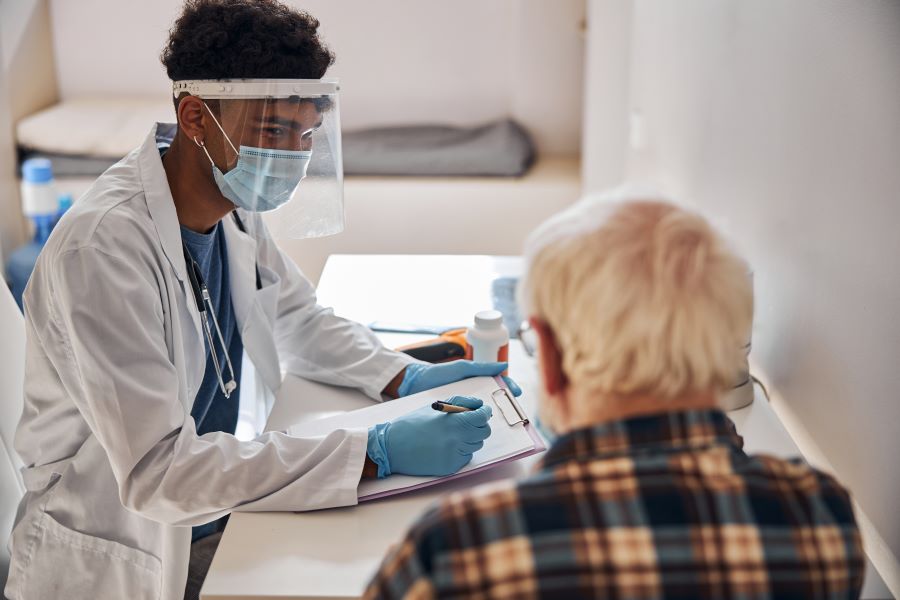
Improved infection prevention saves lives in nursing homes
Clients: Directors of Nursing, Infection Prevention Coordinators, and other personnel at 686 skilled nursing facilities in four states.
Challenge: COVID-19 spreads rapidly in group settings and older adults are more vulnerable to infection. Unlike hospitals, most nursing homes have limited infection prevention capacity. These factors, combined with rapidly evolving guidance on preventing the virus’ spread, contributed to high rates of COVID-19 in facilities.
Solution: HQI experts conducted assessments, reviewed data, and helped facilities rapidly identify the root causes of high COVID-19 infection rates. We provided simple, powerful action plan templates for addressing the most common gaps in infection prevention, such as inadequate hand hygiene and improper use of personal protective equipment (PPE).
With our assistance, the nursing home staff completed and implemented their plans, which included corresponding improvement strategies and tools. HQI’s easy, all-in-one data collection instrument measured improvement by department, unit, and shift, revealing where improvement activities should focus. As a result, facilities optimized their impact on infection prevention processes while continuing to care for residents under extraordinarily challenging circumstances.
Results: Participating nursing homes avoided approximately 1.9 infection-related hospitalizations per facility by reducing COVID-19 infection rates. They improved hand hygiene compliance by an average 15.4% and proper PPE use by an average 17.4%.
Learn more: Nursing Home Reduces COVID-19 Infections by 96 Percent
Sponsor: This project was funded by the Centers for Medicare & Medicaid Services through its Quality Improvement Organization program. HQI produced an average return on investment of $9.77 saved for every $1 spent, which preserves the Medicare Trust Fund.
